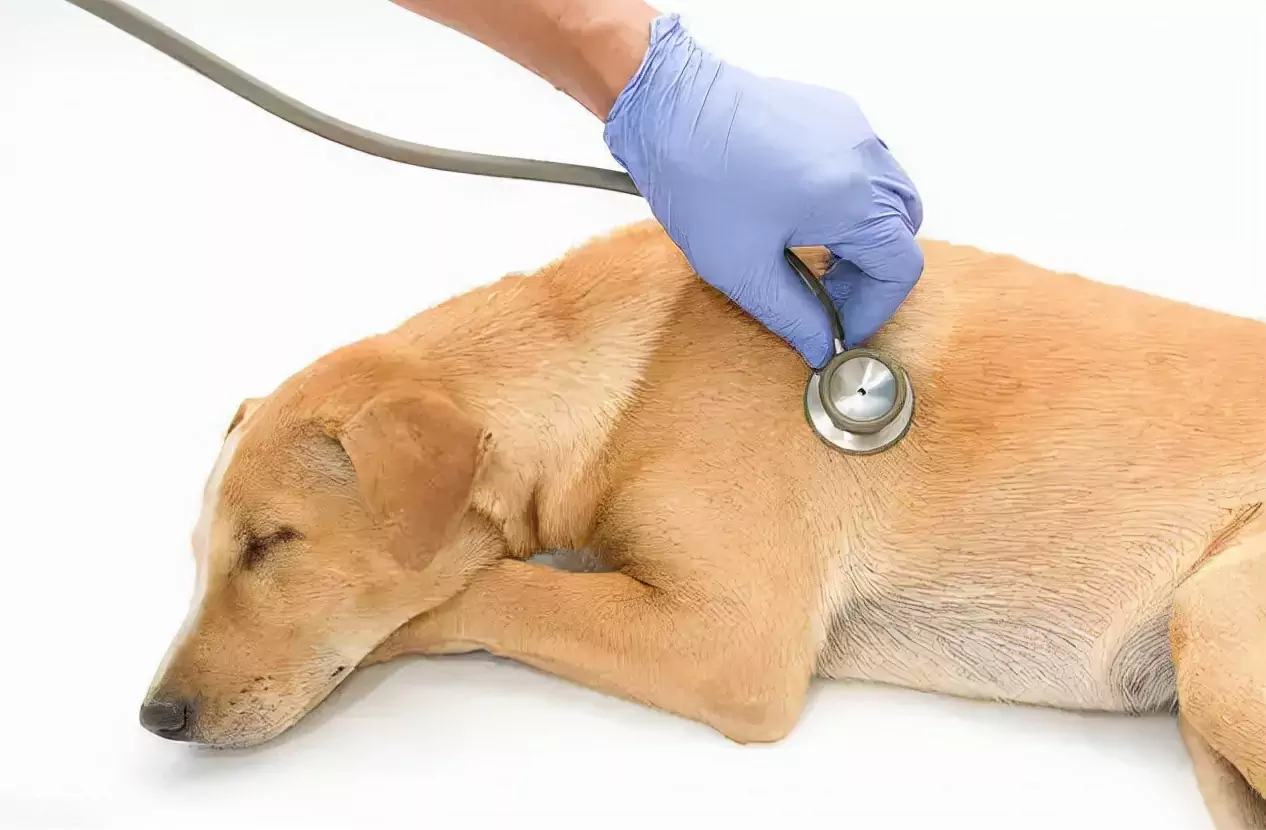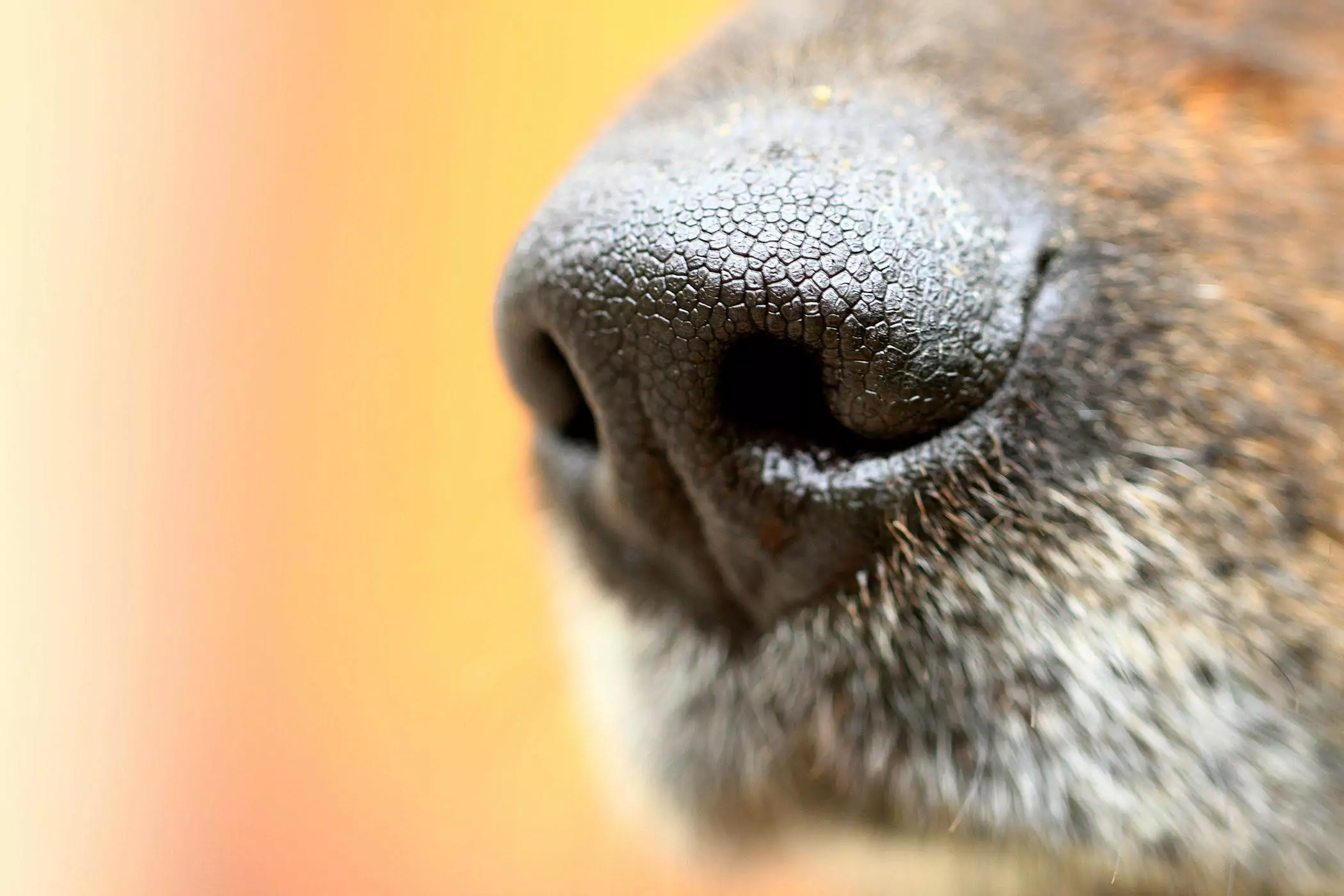Can dogs catch a cold? Can dogs catch a cold and pass it on to people
2022-06-22
Does your dog catch a cold
Dogs do catch colds, but dog colds are usually classified clinically in pets as upper respiratory tract infections and lower respiratory tract infections, and are also classified as bacterial respiratory diseases, viral respiratory diseases, and allergic respiratory diseases depending on the cause of the infection. The common clinical symptoms of respiratory disease infection in dogs are coughing, sneezing, runny nose, dry nose, elevated body temperature, etc. When the dog's respiratory disease is aggravated there may also be symptoms of decreased mental appetite. For respiratory infections with mild respiratory symptoms and no systemic symptoms, symptomatic treatment can be given to relieve and improve the clinical symptoms of respiratory disease, such as sneezing or coughing. At the same time, strengthen nutrition and give some immune boosters to enhance the dog's own immunity, if there is no improvement promptly seek medical attention.

Why do dogs get colds
Like humans, there are two types of colds in dogs. One generally occurs in early spring, late fall, and when the temperature changes significantly. Most of the causes are due to sudden cold stimulation, such as sleeping indoors in winter and being hit by the wind, sleeping out in the cold, being caught in the rain, and not blowing the coat dry in time after bathing. The main symptoms of influenza are depression, loss of appetite, cough, nasal congestion, and elevated body temperature, etc. If left untreated, it may be complicated by other diseases such as bronchitis and bronchiectasis. The second type is influenza, which is caused by a virus and is epidemic in onset. The main manifestation is high fever, in addition to the symptoms of the flu, often accompanied by conjunctivitis and intestinal catarrh.
Dogs flu symptoms detailed explanation.
1. Poor mental state, the whole day seems depressed.
2. Clear nasal discharge from the nostrils, non-pus-like nasal discharge.
3. Sneezing a lot, coughing frequently, difficulty in eating, severe discomfort in the throat and pharynx.
4. The eyes are congested and most of them have tears coming out.
5. Greatly reduced appetite, no appetite for anything.
6. The sense of smell is obviously reduced, even if the smell of fragrant dog food, dessert, but also dull.
Cold, rhinitis silly?
The early symptoms of many infectious diseases in dogs and the symptoms of the cold are very similar, such as the early symptoms of canine fever, the early symptoms of micro-virus disease, etc.. The performance of these diseases is based on symptoms such as elevated body temperature, sneezing, tearing, and runny nose. Some owners are easily confused and mistaken that their dogs are just suffering from the flu, resulting in misdiagnosis, mis-treatment and missing the best treatment time, resulting in serious consequences of dog death. In fact, "fake cold" is generally more common in the early stages of infectious diseases, in fact, there are other special symptoms. As long as the owner can observe carefully, it is still possible to distinguish and judge. In any case, when your dog has symptoms of a cold, you must take prompt action, and inexperienced owners should send their dogs to the doctor in time to avoid serious consequences.
What are the diseases that are similar to the symptoms of a cold?
1. Rhinitis: The temperature is not elevated, the nasal mucosa is red and swollen, and the nasal fluid is pus-like or bloody.
2. Sinusitis: Dogs have bad breath in the mouth and nose, swollen and painful sinuses, and a low body temperature.
3. Distemper: When a dog is infected with the canine fever virus and the onset of the disease, the body temperature is generally two-way fever, the body temperature is sometimes high and sometimes low, first burning for a few days, the body temperature rises to 40 鈩?~ 41 鈩? and then the body temperature slowly decreases, after about 7 days and then fever, and most sick dogs have sticky discharge from the eyes, such as eye droppings.
4. Microvirus: The early stage of microvirus is mainly accompanied by vomiting, diarrhea and other major symptoms, and generally vomiting first and then diarrhea.
5. Canine parainfluenza: It is contagious, with a very violent cough, red and swollen tonsils, and a swollen nasal fluid.
6. Bronchitis: Violent short, dry cough.
What should you do?
Under normal circumstances, the course of a dog's cold is usually 3 to 5 days, and in more cases 7 to 10 days. Resilient dogs may heal on their own after a few days, however, there are some dogs whose colds become more severe and may induce diseases such as bronchitis or pneumonia.
The best way to deal with a dog with a cold is to send it to the hospital for examination, diagnosis and reasonable treatment. It is important to prevent your dog from becoming seriously ill with a cold, and even more important to avoid inducing other diseases. In the process of a dog's cold, it is important to pay more attention to rest, need more water, and increase nutrition, especially vitamin supplements. As for the choice of medication it is best to listen to the advice of the veterinarian, owners should not blindly and casually give their dogs medication on their own.
If the owner is very experienced, very sure that the dog has only a common cold, early can give the dog to eat some children's anti-cold medicine, such as pediatric cold punch, cold granules can; but pay attention to the dose are children's dose, do not give the dog to eat adult cold medicine. For dogs with cough symptoms, you can add oral compound licorice tablets, 3~4 tablets / time, 2 times a day. Early also can take oral aspirin 1 tablet / time; the normal body temperature of the dog does not exceed 39.3 鈩? when the cold, the sick dog's body temperature exceeds 40 鈩?and chills occur when available antipyretic and analgesic drugs, but the dosage and usage is best to follow medical advice, do not use human drugs without authorization.
Care tips.
1. The American Pet Association has recently confirmed that drinking more chicken soup has a miraculous effect on treating colds.
2. If your dog accepts, you can give your dog some radish, ginger soup and other foods that help to drive away the cold in moderation.
3. If the dog's nose is not ventilated, you can help massage the nose and caress the whole body, which can help fight cold symptoms, but also help to improve the relationship between the owner and the dog.
4. Dog owners in general should strengthen the dog's daily cold exercise to enhance the dog's resistance.
5. Dogs immunity is low, usually should also pay attention to indoor hygiene is clean. Dog kennels should be cleaned at least once a week, can not store feces and urine, etc. The dog's supplies (toys, food bowls, water bowls, etc.) should be disinfected and cleaned regularly. Pay attention to the room open window ventilation, help air for new.
6. After the winter, the dog should not be too frequent bathing, generally ensure that once every two weeks is enough. Bathing water depth to not submerge the dog's backbone is appropriate, and the water temperature at about 35 鈩?is best, bathing indoor to keep warm and windless, winter can open the bath or heater. After washing be sure to use a hair dryer patiently
After washing, be sure to use a hair dryer to blow dry the water stains on the dog thoroughly, not just blow dry the surface, otherwise it is easy to cause a cold or skin disease.
Can a dog's cold be transmitted to people?
Common respiratory diseases in dogs are mainly caused by viral and bacterial infections, of which viral infections account for a large part, among which the main pathogenic original distemper virus, parainfluenza virus, adenovirus, distemper virus, mycoplasma or chlamydia virus and bacterial pathogens such as: pneumococcus, streptococcus, septic Bordetella, etc.. In contrast, coronaviruses that may cause upper respiratory tract infections in humans can, in small animals, cause intestinal diseases, vomiting and diarrhea, such as acute enteritis. This is because human and canine pathogenic pathogens are not the same. Except for some zoonotic infections such as rabies and toxoplasmosis, common diseases of the respiratory and digestive tracts in pets do not pose a threat to human health. So if a dog has a respiratory disease, the owner does not have cross-infection due to close contact.
Was this article helpful to you?
Other links in this article
Nederlands:
Kunnen honden verkouden worden? Kunnen honden verkouden worden en het op mensen overdragen
português (Brasil):
Os cães podem pegar uma constipação? Os cães podem pegar uma constipação e transmiti-la às pessoas?
русский:
Могут ли собаки заразиться простудой? Могут ли собаки подхватить простуду и передать ее людям
中文简体:
狗狗会不会感冒?狗狗感冒会传染给人吗
中文繁体:
狗狗會不會感冒?狗狗感冒會傳染給人嗎
Comments

Why is my dog throwing up?

Why does my dog keep coughing?

How many months is a dog pregnant? Signs and Phenomena of Dog Pregnancy

How do dogs grow fleas? Ways to get rid of fleas on dogs

Can dogs get diabetes?

Can dogs be depressed?

Why does my dog keep sneezing? Causes of Sneezing in Dogs

Can dogs catch a cold? Cold and Flu Symptoms in Dogs

What causes heart disease in dogs

Can dogs get urinary tract infections?










